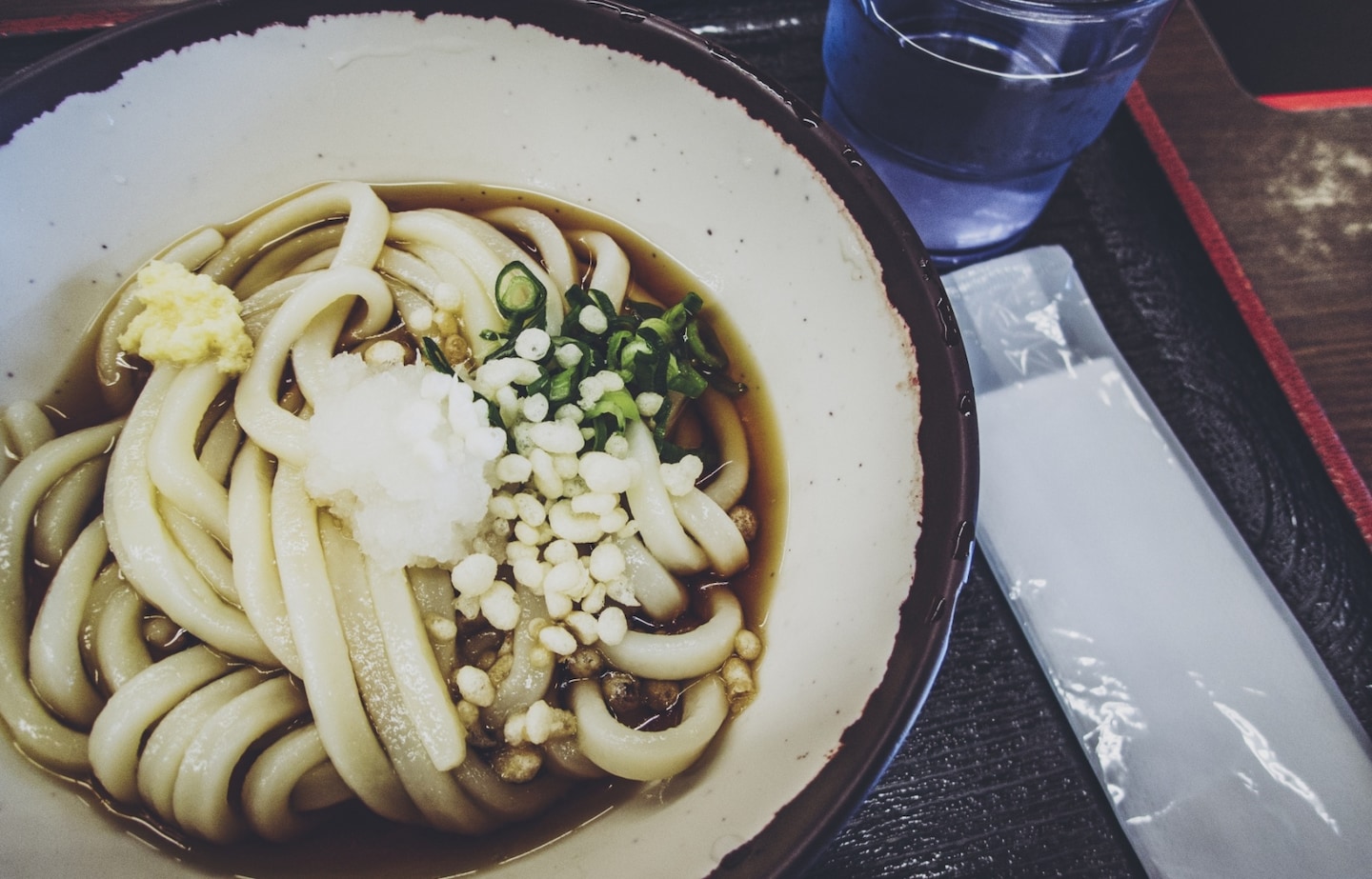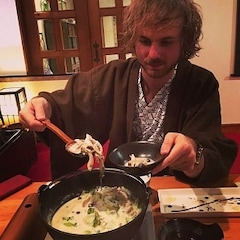10 Delicacies To Try in Shikoku
Shikoku, Japan’s 4th largest island, is a beloved travel destination celebrated for its pleasant weather, sprawling nature, and friendly residents. Only accessible via plane, a handful of bridges, and a single trainline, it remains fairly detached from mainland Japan.
By Steven CsorgoFrom this isolation grew a unique culture with one-of-a-kind delicacies, providing yet another frontier for gourmands in Japan to explore.
Here we’ll introduce a selection of 10 delicacies from across the four prefectures of Shikoku representing the pinnacle of this exquisite cuisine culture.
Mikan/Orange Juice (Ehime)
As the most populated prefecture in Shikoku, Ehime is a cultural goldmine dotted with ancient castles, Edo-period towns, and Japan’s oldest hot spring of Dogo Onsen.
Ehime Prefecture’s specialty produce is citrus fruit, including the juicy mikan mandarin. It's a running joke in Japan that residents of Ehime have a faucet in their homes with an unlimited supply of juice - a fantasy turned reality at Matsuyama Airport and Matsuyama Castle!
Prospering from the abundant sunlight, warm weather, and unique terrace-style farming, Ehime citrus is tangy, succulent, and vividly colored. While most is grown on the coastal Uwajima area, Ehime citrus can be found and tasted all throughout the prefecture. This includes the stores surrounding Dogo Onsen, along with the above-mentioned orange-juice faucets at Matsuyama Airport and Matsuyama Castle, which cost 350 yen for a cup and 500 yen for a beer mug.
Chuchu Jelly (Ehime)
Chuchu Jelly provides an authentic hit of Ehime citrus in a handy, long-lasting sipping pack. The most well-known Chuchu Jelly is from citrus producer Tanabe Seika, whose innovative design and high-quality product earned it the #1 place in the 2011 Japan Snack Rankings. While not quite the same as a freshly-squeezed glass, Chuchu Jelly managed to retain the invigorating flavorful kick expected from Ehime juice.
Botchan Dango (Ehime)
These delightfully flamboyant dango were named in honor of Natsume Soseki’s acclaimed novel ‘Botchan,’ whose titular protagonist enjoys two plates of traditional dango sweets when visiting Dogo Onsen. Soseki himself also resided in Ehime for a period of time and was spotted relishing dango on an almost daily basis.
Soft, sweet, and delicious, they are most known for their aesthetically-pleasing presentation. They are naturally colored with adzuki beans for the brown, egg for the yellow, and matcha for the green, with other variations available. You can find them all around Dogo Onsen, along with outlets at Matsuyama Airport, Matsuyama Station, and other locations.
Ichiroku Tart (Ehime)
Closer to a swiss-roll than a tart, the so-called Ichiroku Tart is a scrumptious Ehime dessert of anko paste wrapped in a delicate sponge casing. Its gentle sweetness and fluffy texture makes it a great companion for coffee and tea.
Interestingly, locals call these swiss-rolls ‘tarts’ in Ehime due to the influence of Matsudaira Sadayuki, an Edo period shogun who discovered western-style treats after a visit to Nagasaki. Taking a particular liking to tarts, he attempted to bring the recipe back to his home of Matsuyama. However, lacking the jam and dough needed to create an authentic tart, he used substitutes like anko paste and other ingredients common at the time, eventually creating what we would call a swiss-roll. However, the name ‘tart’ stuck, and the residents of Ehime continue to refer to swiss rolls as tarts even today.
Also available is the ‘Okuri Tart,’ a similar treat boasting luscious Japanese chestnuts, along with several other variations.
Yuzu (Kochi)
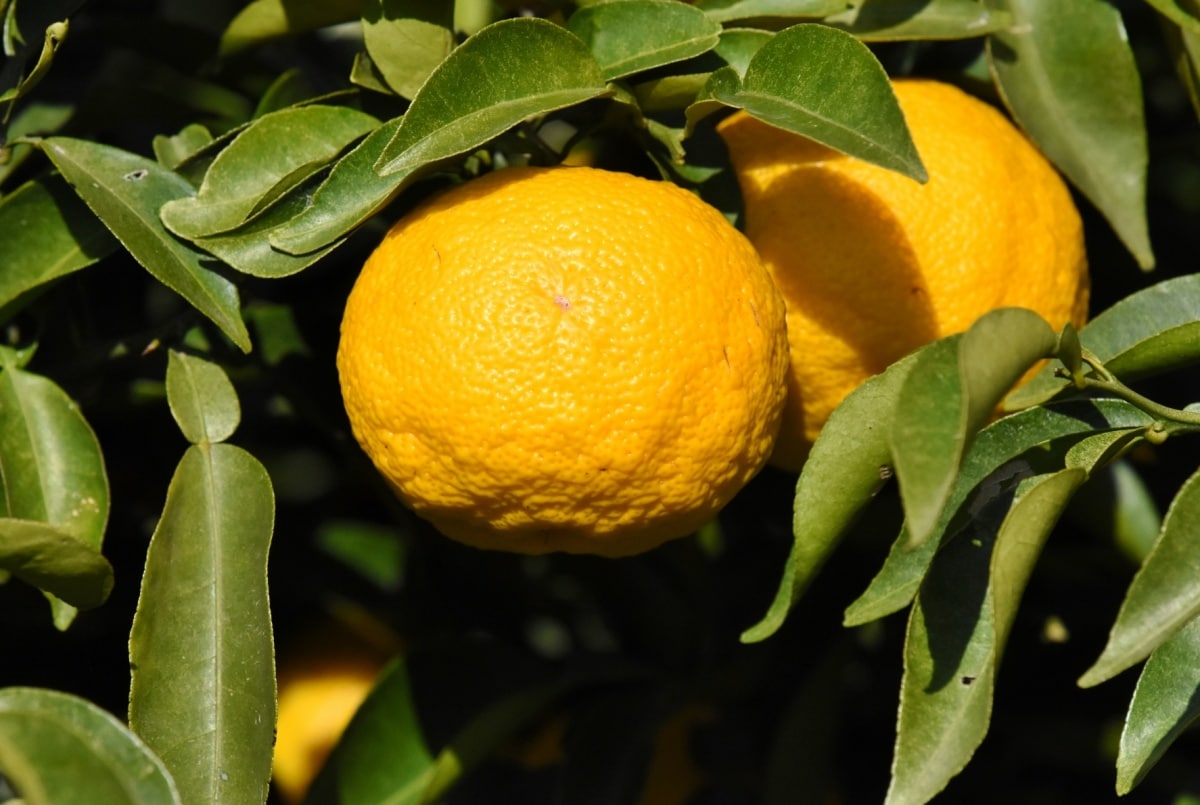
https://www.photo-ac.com/main/detail/4218574?title=%E3%82%86%E3%81%9A%E3%81%AE%E5%AE%9F&searchId=893588261
A peculiar citrus fruit somewhere between a lemon and orange, yuzu has a distinctive flavor that invigorates and nourishes. Highly nutritious and packed with antioxidants, hot yuzu juice is a trusted home remedy in Japan. While most of Shikoku has a flourishing yuzu industry, the undisputed leader is Kochi Prefecture.
While yuzu can’t be easily eaten on its own, its juice is a key component in a number of products and dishes. This includes the beloved Gokkun yuzu juice, yuzu-flavored ponzu sauce, yuzu jam, yuzu beer, yuzu confectionery, and much more. Kochi’s most famous yuzu regions are Kitagawa and Umaji, both of which are isolated and difficult to access without a car. Their products are widely distributed across the prefecture, so don’t worry if you can’t directly visit. If Kochi isn’t on your itinerary, the yuzu of neighboring Tokushima Prefecture is also equally delicious.
Mire Biscuits (Kochi)
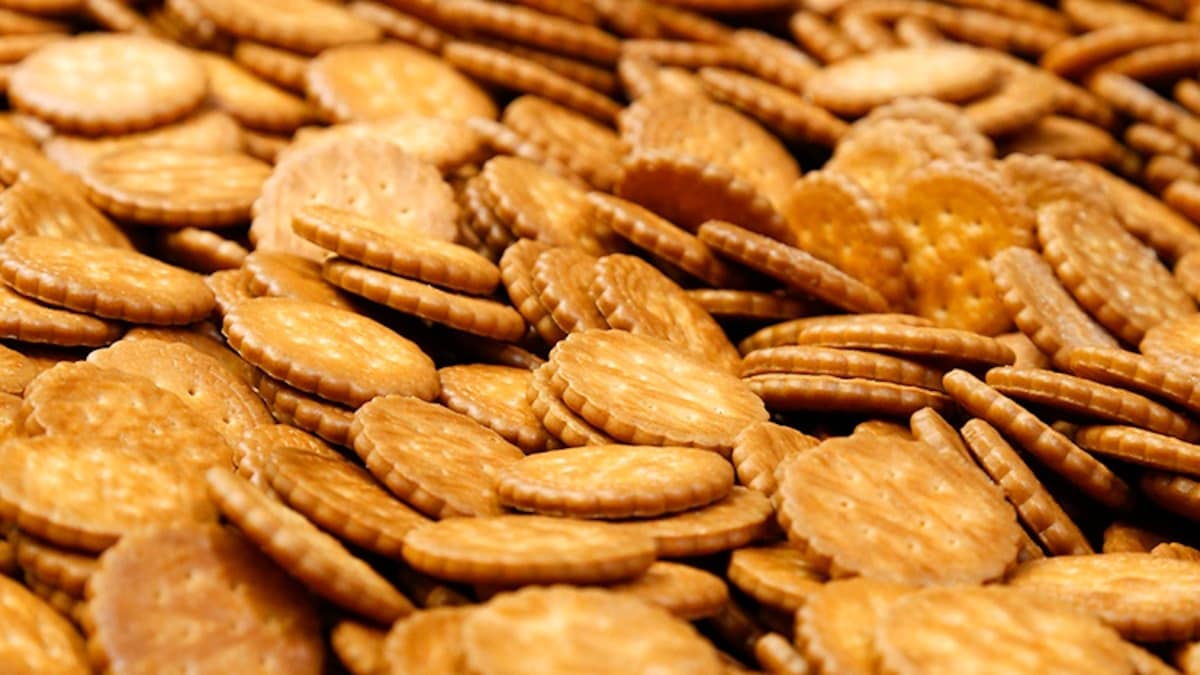
https://nomura-net.co.jp/wp/wp-content/uploads/2018/01/%E3%83%9F%E3%83%AC%E3%83%BC.jpg
One of Kochi’s most sought-after snacks is the bite-sized mire biscuit. Rich in umami and satisfyingly salty, they make a great party-snack or beer accompaniment.
Mire biscuits were originally developed in the 1950s by Nomura, a prominent legume manufacturer in Kochi. While they are now produced all throughout Japan, Nomura’s pioneering recipe remains popular due to the use of oil leftover from their bean products. The mire biscuits are thoroughly roasted in this oil, absorbing the concentrated savory flavors of the beans and doubling their deliciousness.
Awa Bancha (Tokushima)
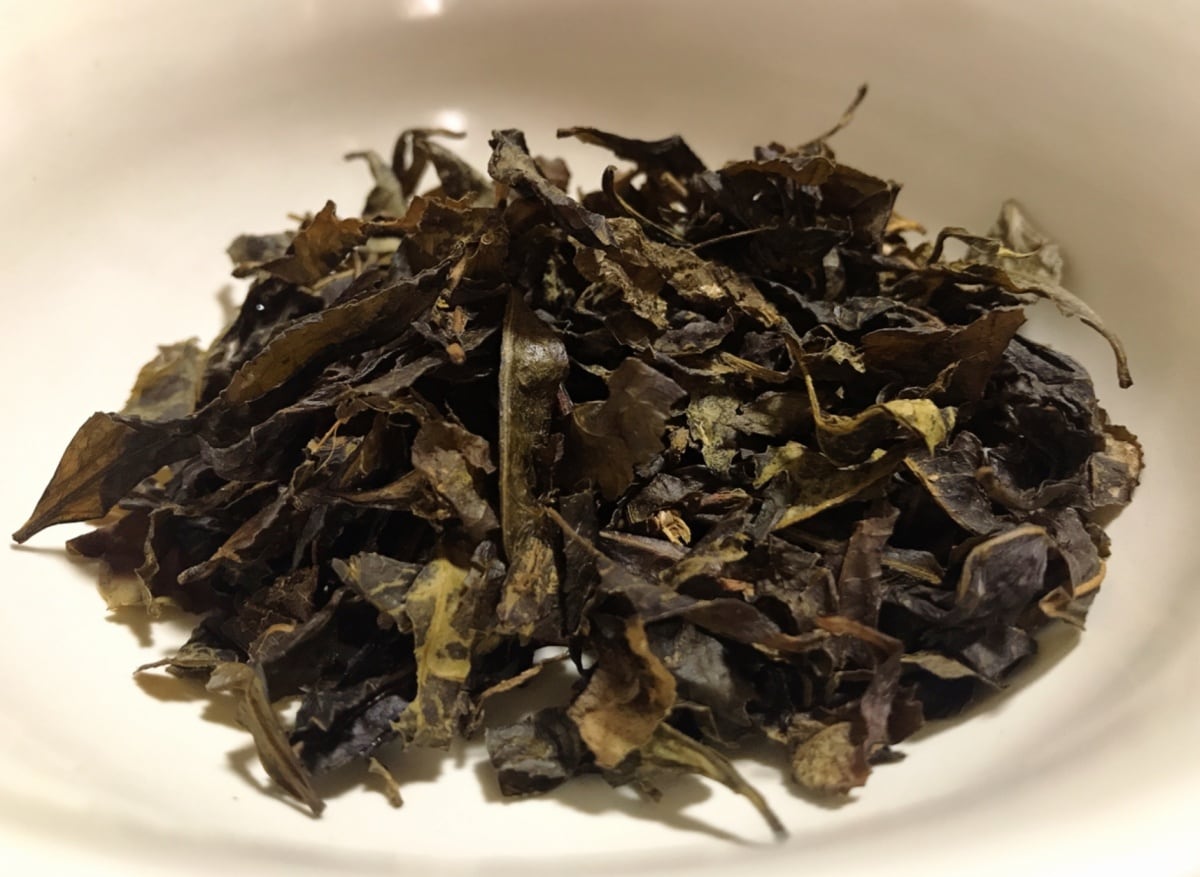
https://www.photo-ac.com/main/detail/2750827?title=%E7%99%BA%E9%85%B5%E8%8C%B6&searchId=2115446181#_=_
One of the most in-demand products from Tokushima is the exclusive Awa Bancha tea. While called ‘bancha’ in Japanese, it differs from the regular bancha (番茶), which is a coarse tea picked late in the season. Awa Bancha is instead written as 晩茶, meaning evening tea, and consists of large, fully-grown leaves picked early and fermented. While not nearly as potent, it has a soft sweetness similar to tian cha balanced with an earthy undertone. With less caffeine than green tea, it’s the perfect evening brew!
Soy Sauce (Kagawa)
Shodoshima Island, a large island off the coast of Kagawa in the Seto Inland Sea, is one of Japan’s largest soy sauce producers. With an abundance of salt from the surrounding sea and beautiful, warm weather encouraging stable fermentation, the Shodoshima soy sauce industry grew to over 400 breweries during its heyday.
While that number has dwindled to just over 20 today, Shodoshima still accounts for more than half of Kagawa’s soy sauce output. The island is also famous for brewing in traditional wooden kioke barrels, a rarity in modern Japan. These barrels aren’t cleaned between brews, providing an organic environment for lactic acid bacteria and yeast colonies to thrive undisturbed. You can sample and buy Kagawa soy sauce from a number of breweries in Shodoshima, including the well-established Marukin and small-scale family-run Yamaroku, both of which still use kioke barrels.
Olive Oil (Kagawa)
With a climate similar to the Mediterranean, Shodoshima Island was the first place in Japan to successfully cultivate olives. Even today they still reign as Japan’s #1 olive producer, and their opulent olive oil has gained worldwide acclaim. The Shodoshima Olive Park produces and stocks many of Shodoshima's leading olive oil products, including olive oil-based cosmetics, chocolate, drinks, ice-cream and more. Due to its exclusivity, Shodoshima olive oil is steeply priced, with small bottles of the top-tier range selling for over 4,000 yen.
Udon (Kagawa)
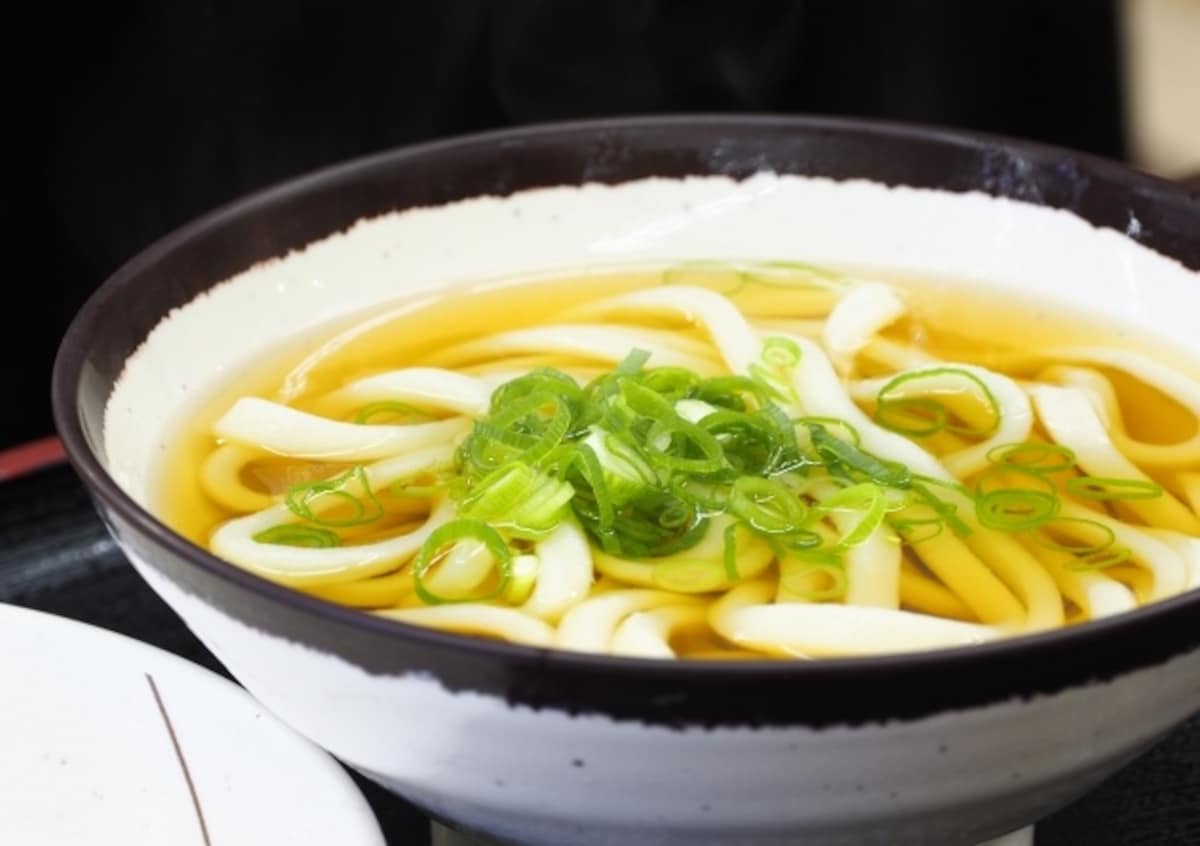
https://www.photo-ac.com/main/detail/4326621?title=%E3%81%8B%E3%81%91%E3%81%86%E3%81%A9%E3%82%93&searchId=655387417
For most gourmands, Kagawa is best known for its udon noodles. Believed to have been originally brought from China by legendary Buddhist monk Kobo Daishi, udon has been made and eaten in Kagawa for over 1,200 years. Kagawa’s dry weather and rich soil is ideal for wheat farming, naturally becoming the largest producer and consumer of udon in Japan. Often referred to as Sanuki Udon, referencing the former name of Kagawa, these thick noodles are noted for their firm texture and satisfyingly chewy bite.
With over 700 udon restaurants across the prefecture, you won’t have trouble finding some. For those on tight budgets, Sanuki Udon is a welcome money-saver, with the average price of a bowl between 300-600 yen. Some of the most popular outlets include Gamo, Nagata in Kanoka, and Yamagoe Udon. You can also buy packs of dried udon to take home, often available in-store, at a Kagawa souvenir shop, or online.
All photos by Steve Csorgo unless otherwise credited.


